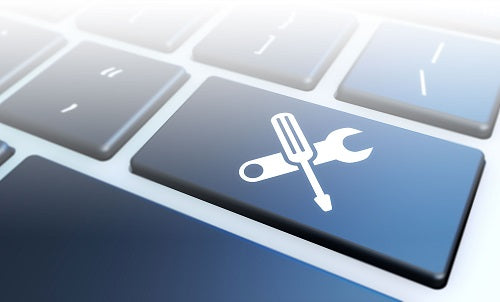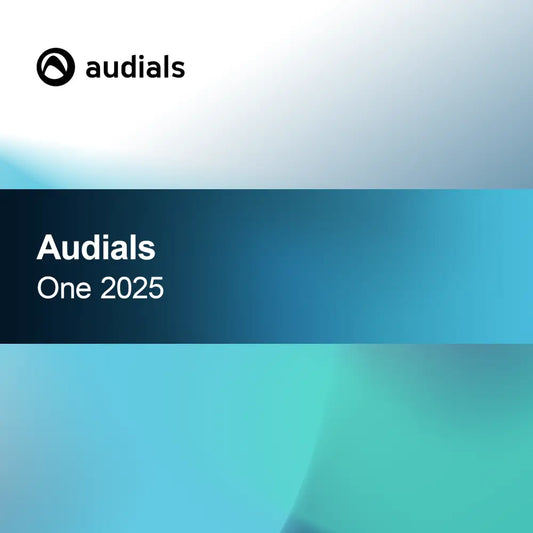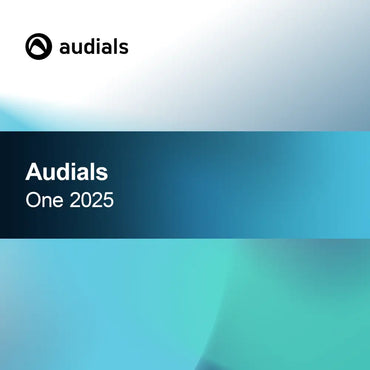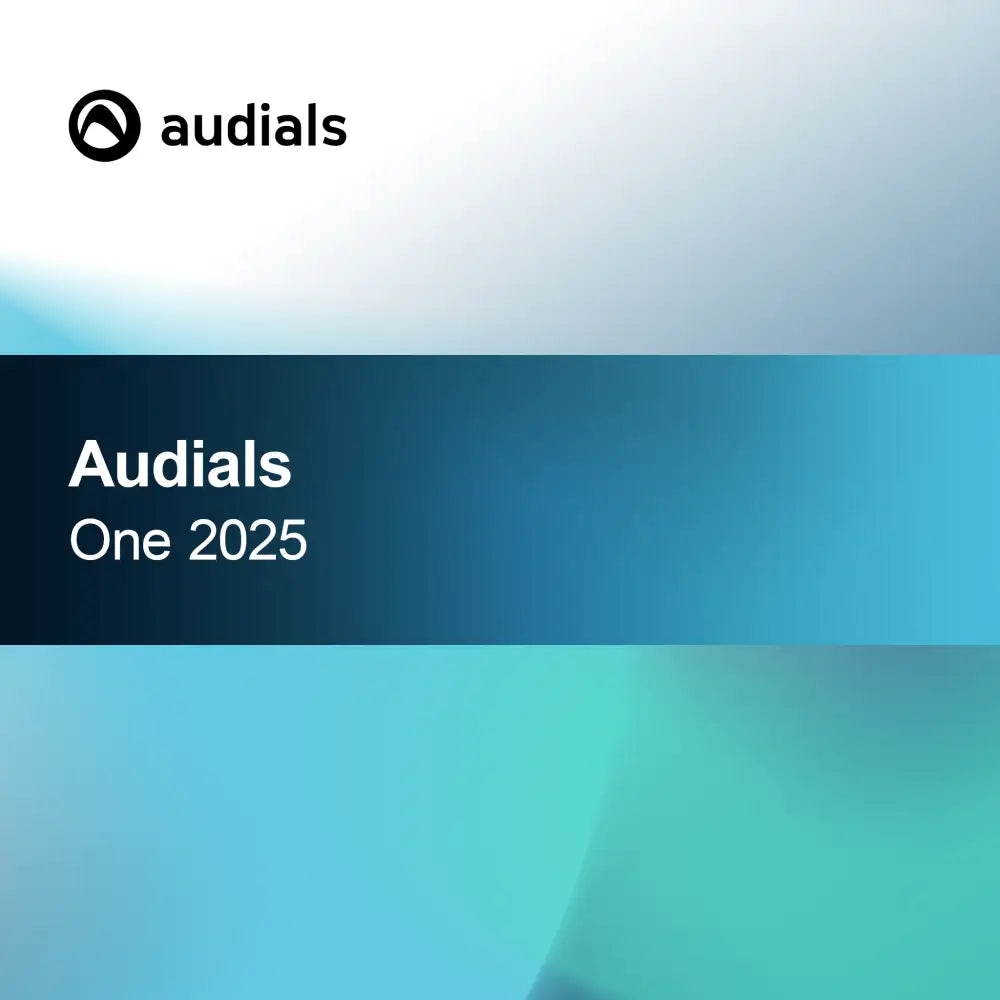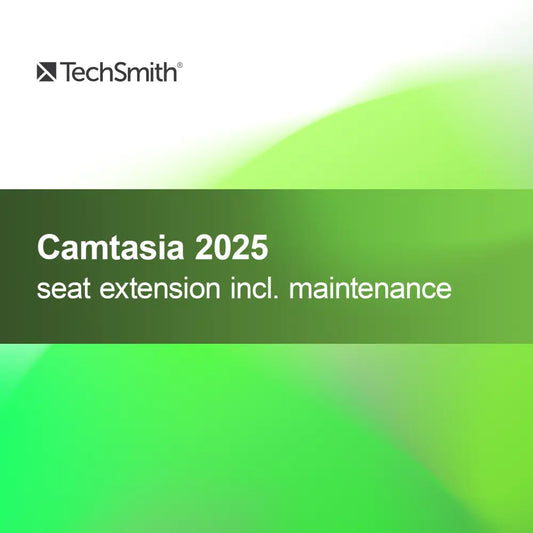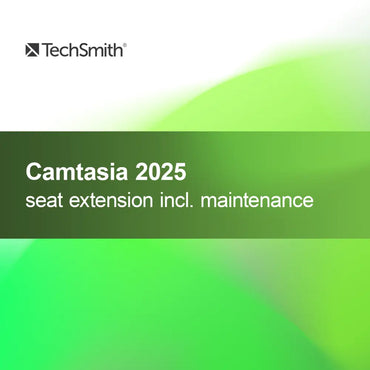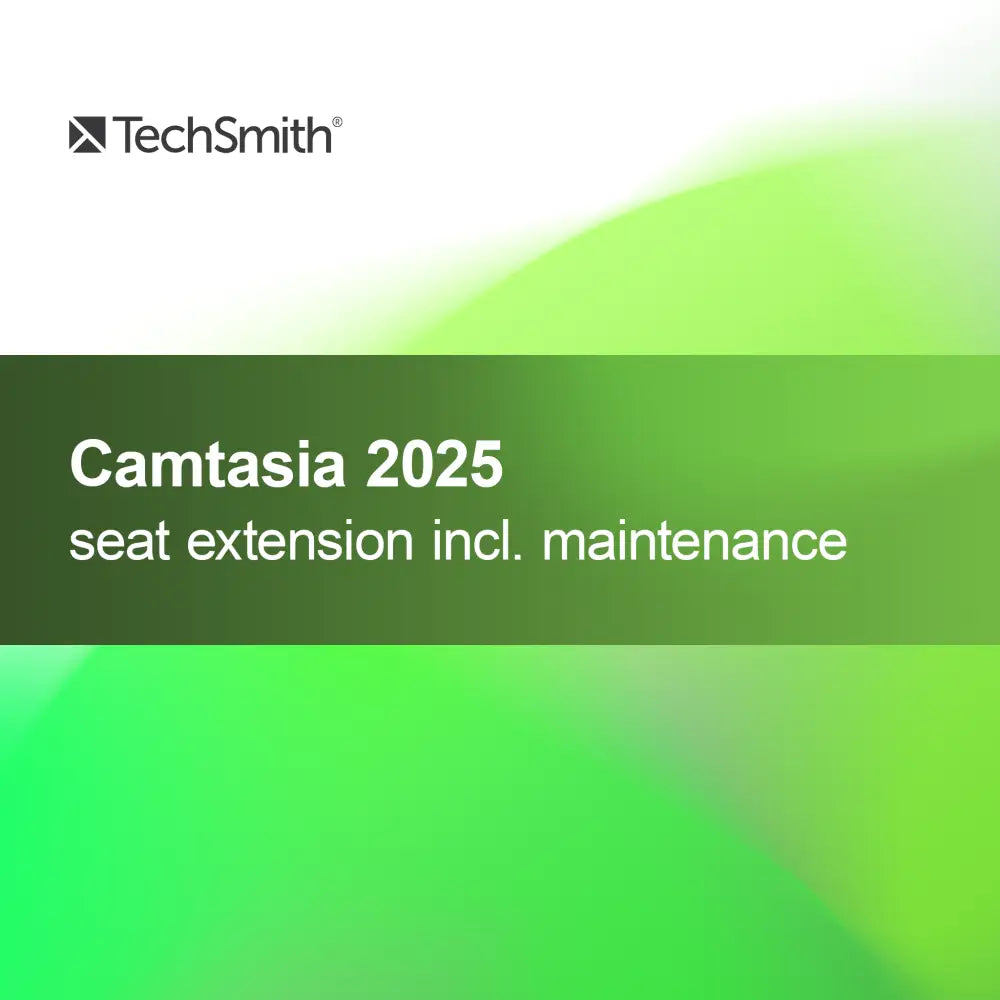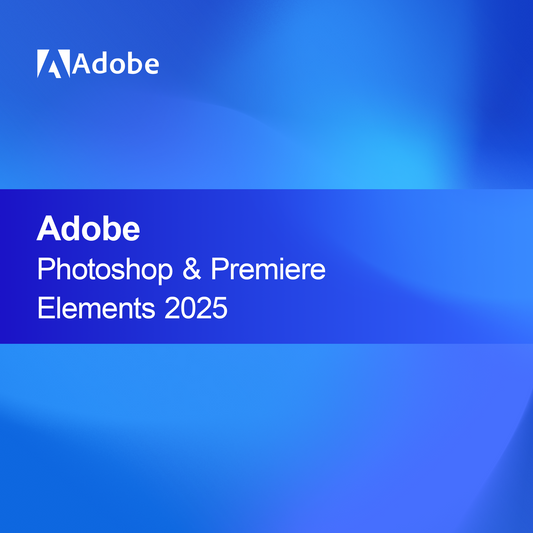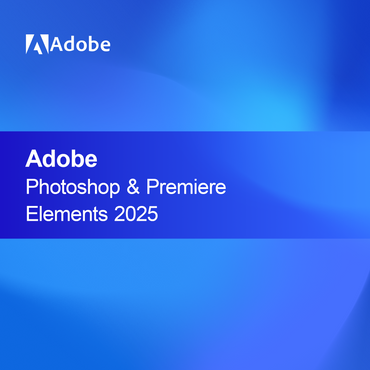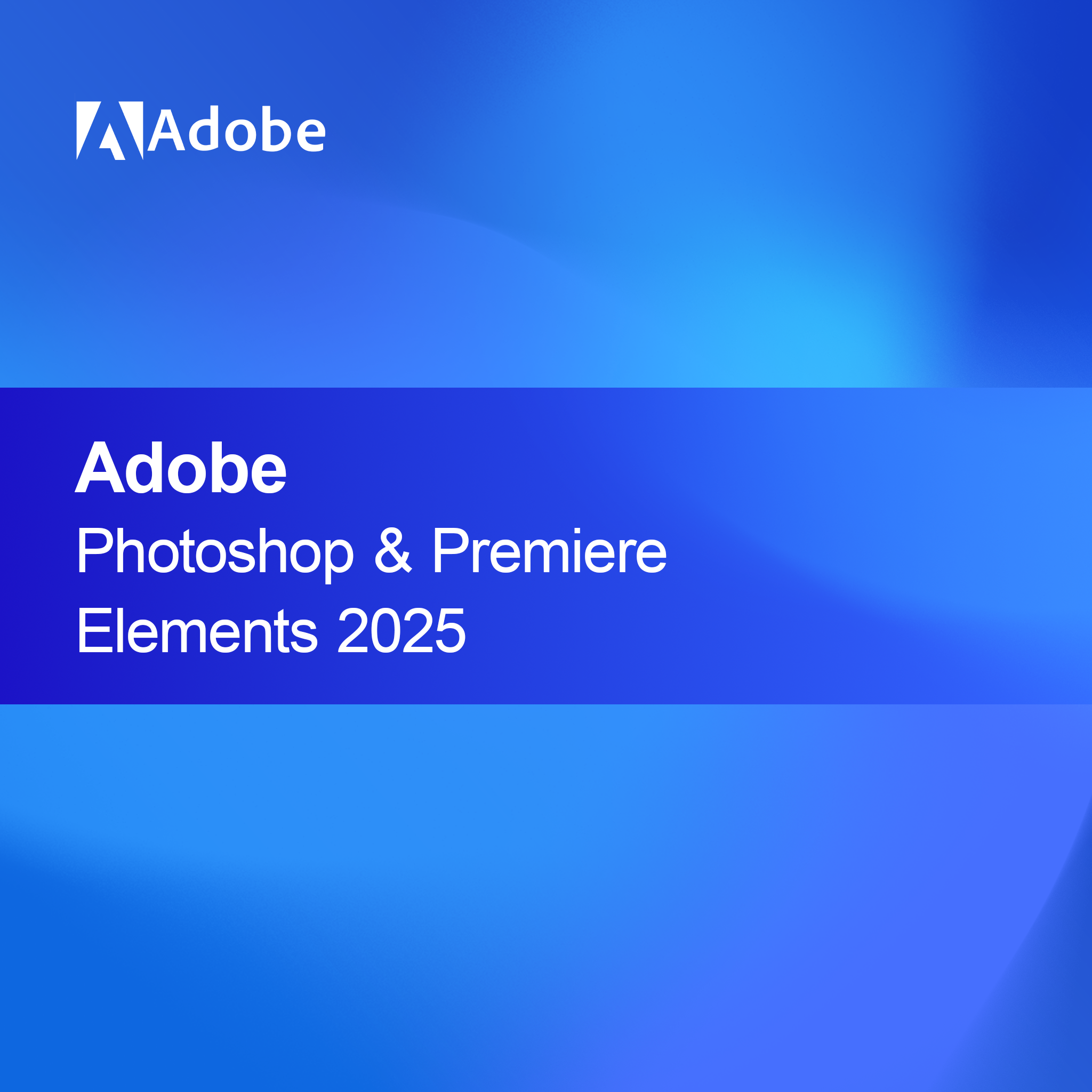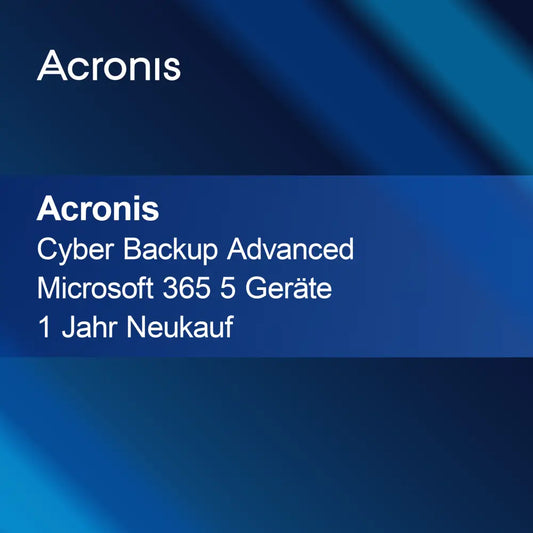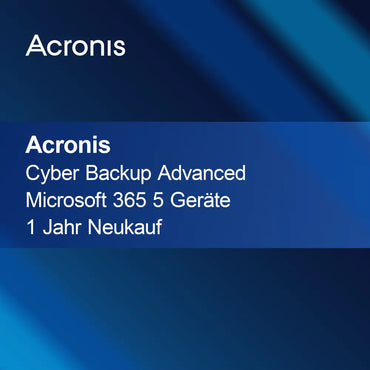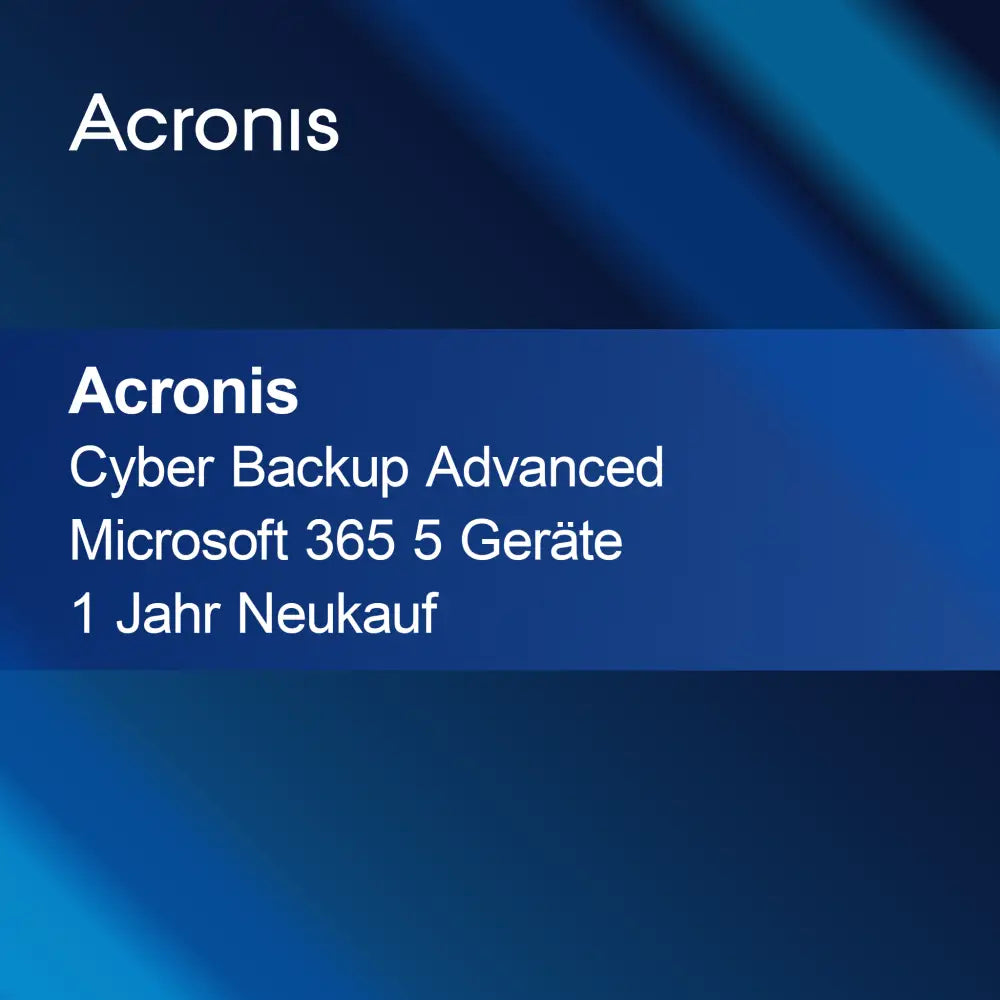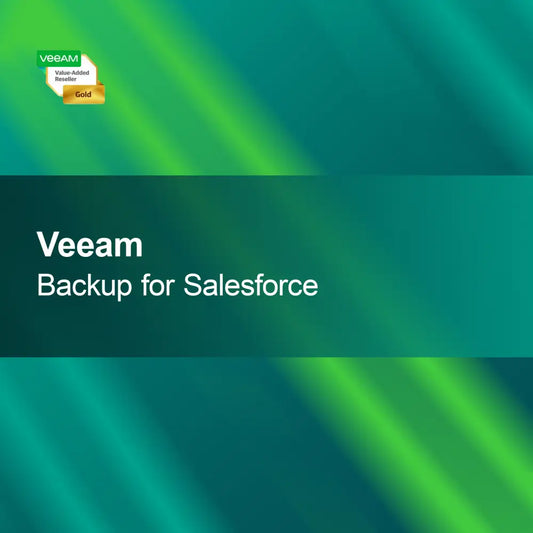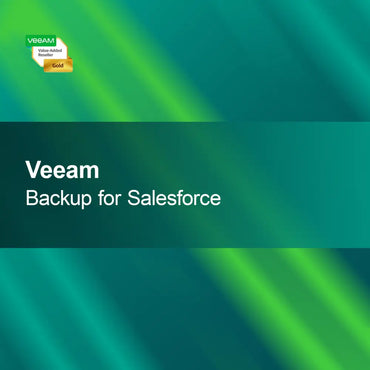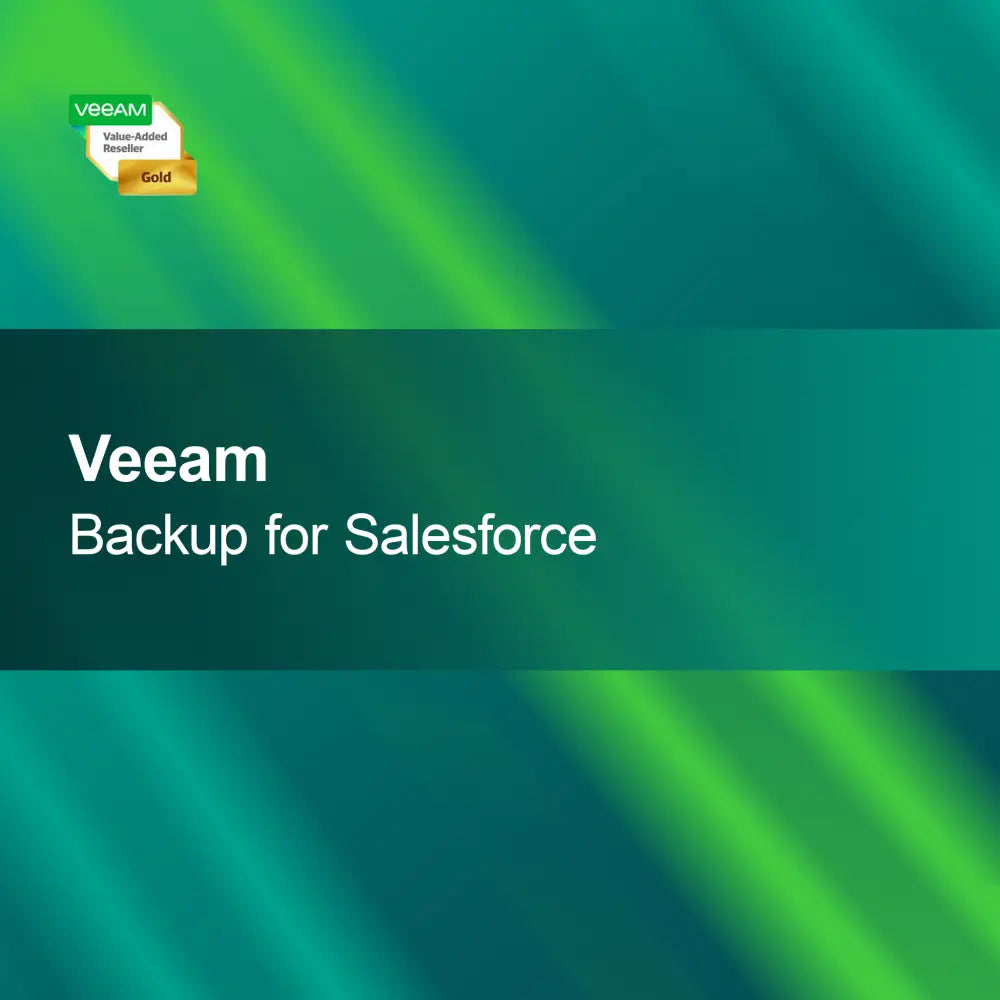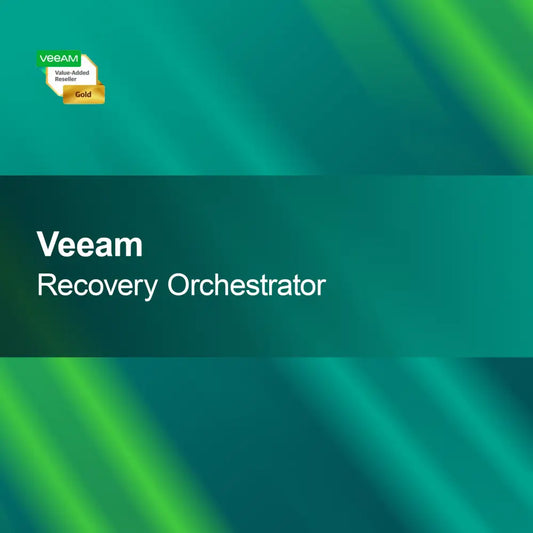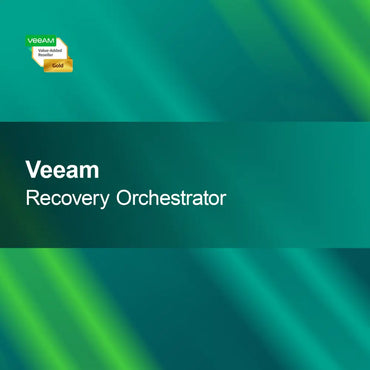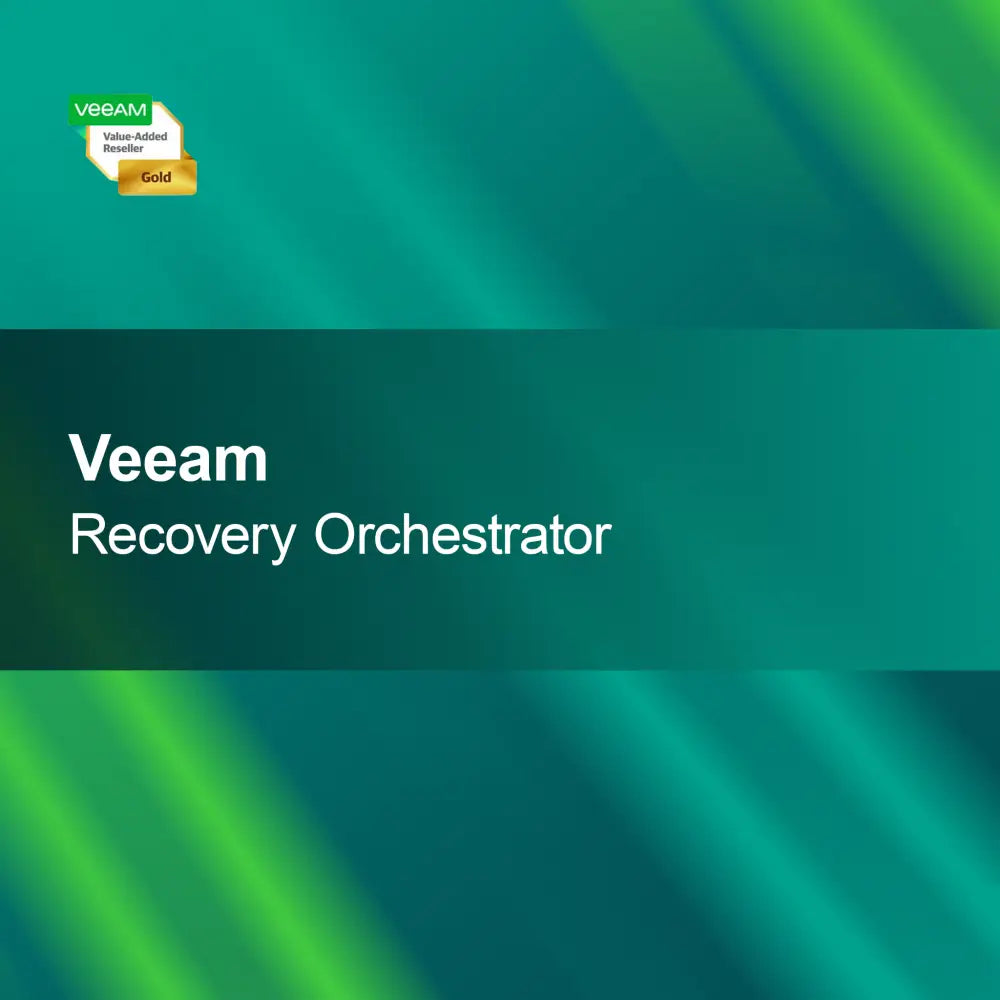-
Audials One 2025
Regular price €44,95Sale price €44,95 Regular priceUnit price perAudials One 2025 With Audials One 2025 you can easily record and stream your favorite music, movies, and series. This versatile software offers you a first-class...
-
Gilisoft AI Toolkit
Regular price From €31,95Sale price From €31,95 Regular priceUnit price perGilisoft AI Toolkit The Gilisoft AI Toolkit offers you a comprehensive collection of powerful tools that allow you to increase your productivity and effortlessly realize creative...
-
Adobe Photoshop & Premiere Elements 2025
Regular price From €99,95Sale price From €99,95 Regular priceUnit price perAdobe Photoshop & Premiere Elements 2025 With the license key for Adobe Photoshop & Premiere Elements 2025, you get a powerful solution for professional image and...
Media Management
What is media management and why is it important?
Media management refers to the organization, storage, and handling of digital media content such as images, videos, and audio files. Effective media management is crucial to keep track of large amounts of data and ensure that content is quickly and easily accessible. It not only helps with efficient resource use but also with copyright compliance and ensuring the quality of media content.
What features does media management software offer?
Good media management software offers numerous features that facilitate the management of media content. These include the ability to categorize files, add metadata, use search functions, and share media content. Furthermore, many programs allow integration with other tools, which improves team collaboration and optimizes workflow. These features help increase efficiency and productivity in media work.
What licensing models are available for media management software?
Media management software is offered in various licensing models, including single-user licenses, subscriptions, and volume licenses. Single-user licenses are ideal for individual users, while subscriptions often offer additional features and regular updates. Volume licenses are suitable for companies needing multiple licenses. It is important to choose the appropriate licensing model to get the desired features and best support.
What should I consider during installation?
When installing media management software, you should ensure that your system meets the necessary technical requirements. These include a compatible operating system, sufficient RAM, and storage space. It is recommended to close all other applications before installation to avoid possible conflicts. Careful installation helps ensure the software runs smoothly and that you can optimally use all features.
- Categorization of media content for better overview
- Search functions for quick file retrieval
- Integration with other tools to improve workflow
How do I activate the media management software?
Activation of media management software usually occurs via a license key provided at purchase. After installation, you will be prompted to enter this key. It is advisable to keep the key safe, as it may be needed for future installations or updates. Successful activation enables full access to all software features and ensures optimal use.
How does modern media management software differ from older versions?
Modern media management software offers numerous improvements compared to older versions, such as more user-friendly interfaces, enhanced features, and better integrations with other applications. Many current solutions are cloud-based, which facilitates collaboration and access to content from various devices. However, if you do not need special features, older versions may be sufficient for basic requirements.
What system requirements are needed for the media management software?
To successfully install media management software, your computer should have an up-to-date operating system that supports the software. Additionally, at least 4 GB of RAM and sufficient storage space are usually required to store the media files. A recommended screen resolution ensures that you can optimally use the user interface. Check these requirements to ensure the software runs smoothly.
